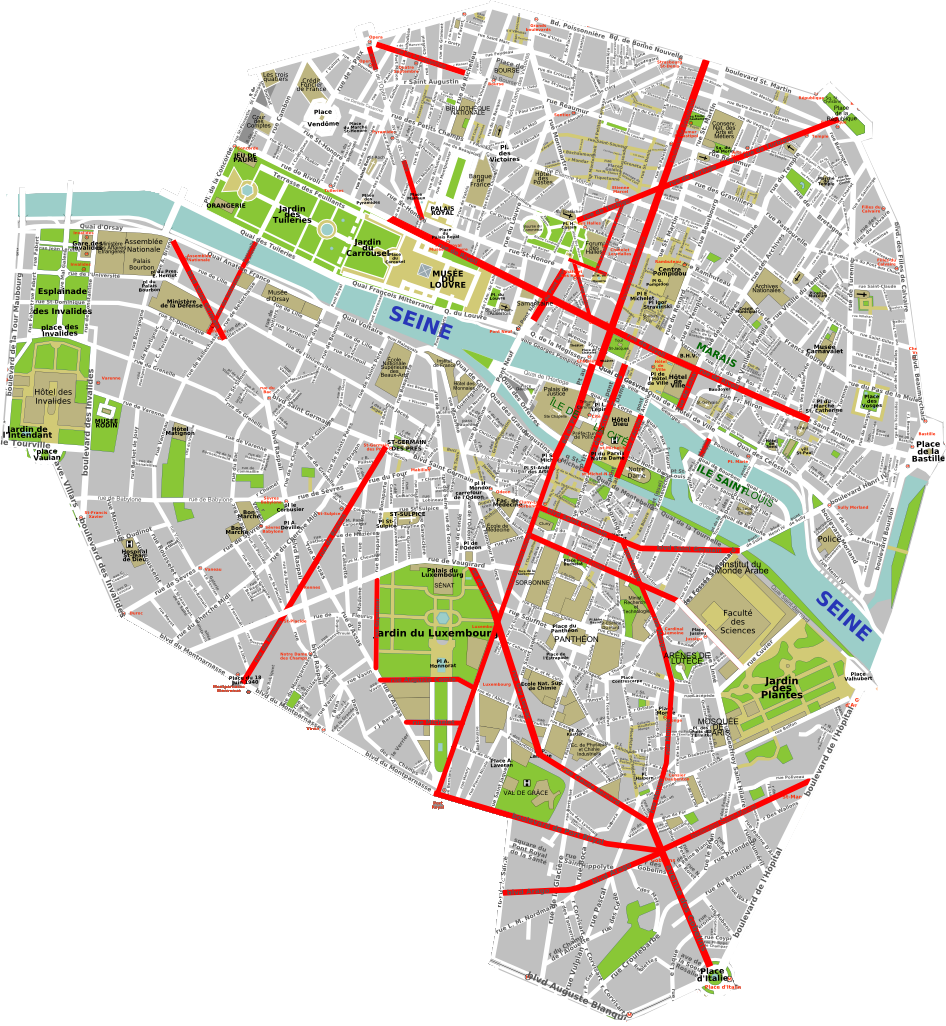 Chinese art
Chinese art is
visual art that, whether ancient or modern, originated in or is practiced in China or by Chinese artists. The Chinese art in the
Republic of China (Taiwan) and that of
overseas Chinese can also be considered part of Chinese art where it is based in or draws on Chinese heritage and
Chinese culture. Early "
stone age art" dates back to 10,000 BC, mostly consisting of simple
pottery and sculptures. After this early period Chinese art, like Chinese history, is typically classified by the succession of ruling
dynasties of
Chinese emperors, most of which lasted several hundred years.
Chinese art has arguably the oldest continuous tradition in the
world, and is marked by an unusual degree of continuity within, and
consciousness of, that tradition, lacking an equivalent to the Western
collapse and gradual recovery of classical styles. The media that have
usually been classified in the West since the
Renaissance as the
decorative arts
are extremely important in Chinese art, and much of the finest work was
produced in large workshops or factories by essentially unknown
artists, especially in the field of
Chinese porcelain.
Much of the best work in ceramics, textiles and other techniques was
produced over a long period by the various Imperial factories or
workshops, which as well as being used by the court was distributed
internally and abroad on a huge scale to demonstrate the wealth and
power of the Emperors. In contrast, the tradition of
ink wash painting, practiced mainly by
scholar-officials and court painters especially of
landscapes, flowers, and birds, developed
aesthetic
values depending on the individual imagination of and objective
observation by the artist that are similar to those of the West, but
long pre-dated their development there. After contacts with Western art
became increasingly important from the 19th century onwards, in recent
decades China has participated with increasing success in worldwide
contemporary art.
https://en.wikipedia.org/wiki/Chinese_art

























